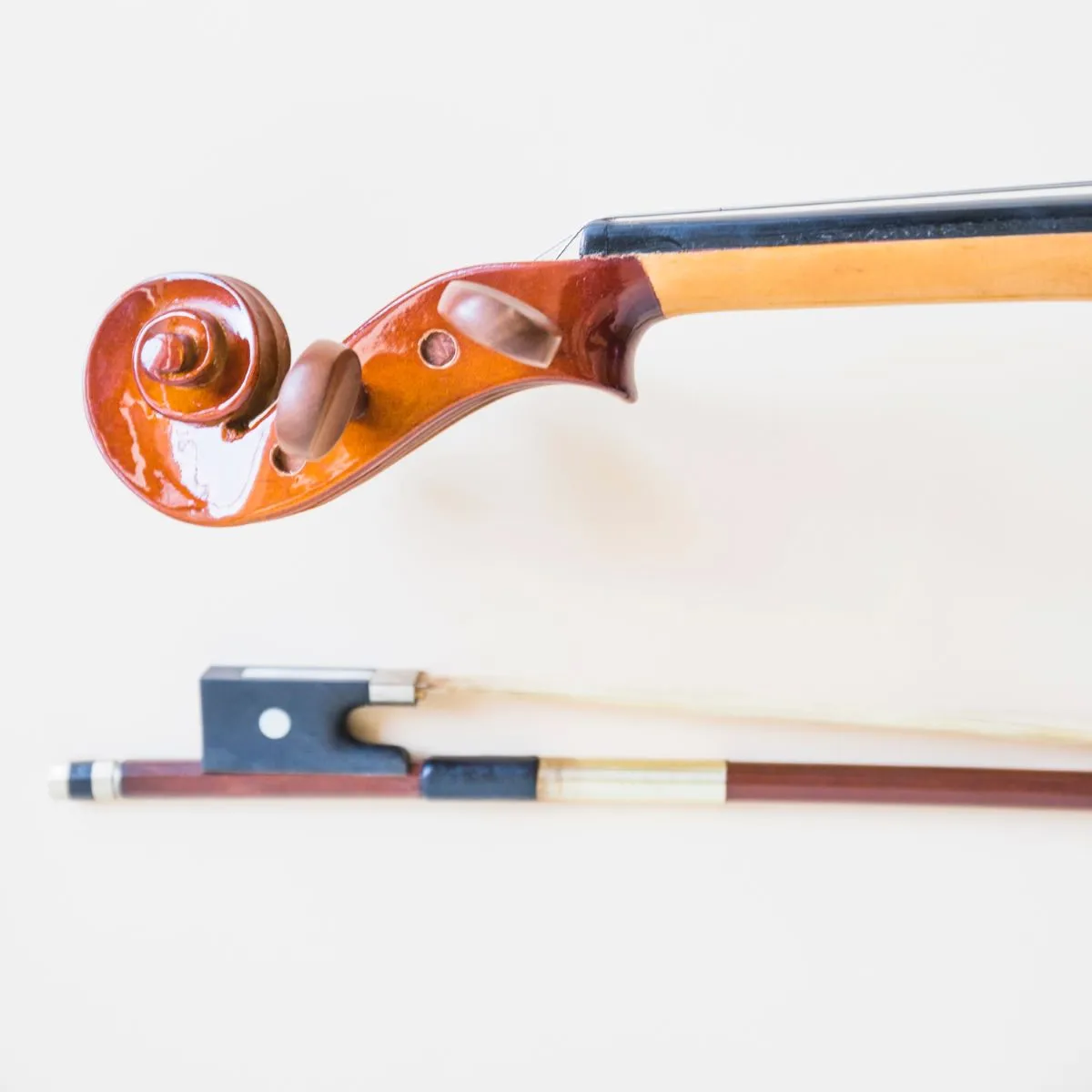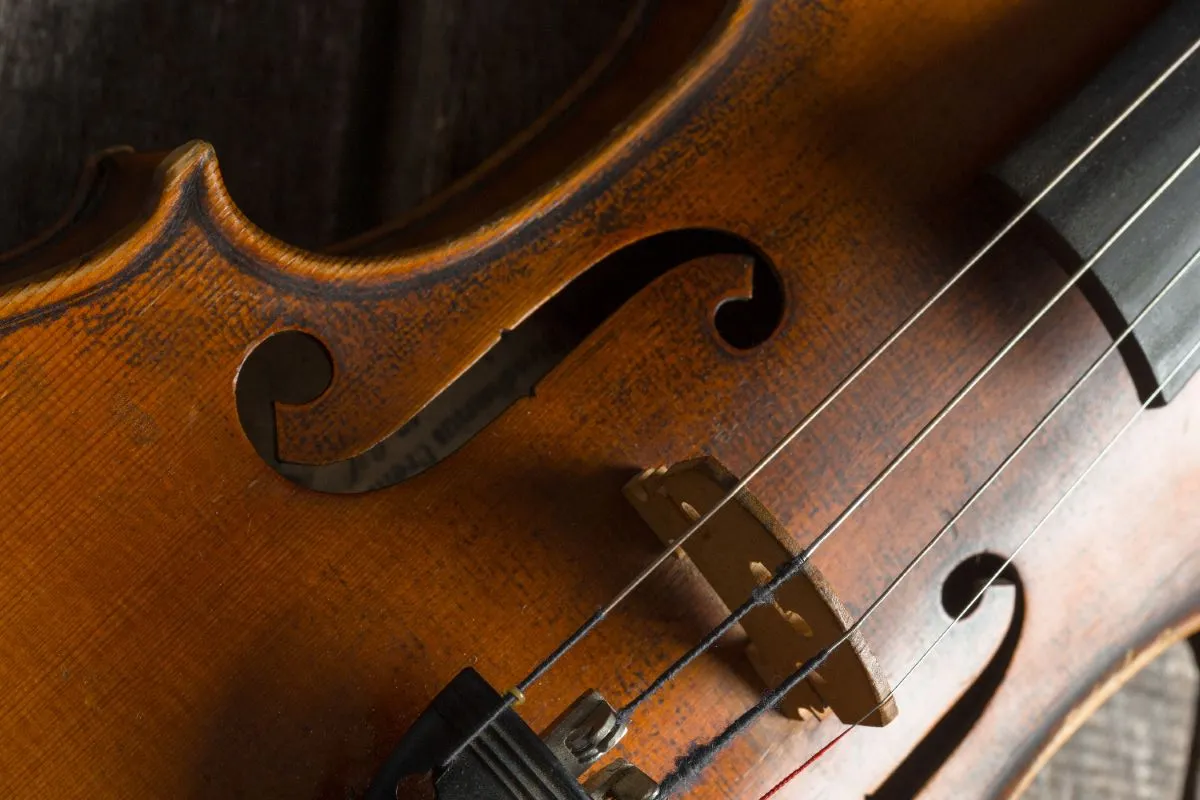
Whether or not students take graded violin exams, North London Music School maintains structured objectives for all who learn violin. While our approach is flexible and customizable, here is the plan our teachers follow for all violin students at the school.
The first year of violin lessons focuses on building a solid foundation. Students wanting to learn violin, develop essential posture, bowing and left-hand techniques.
Building consistency and confidence: The second year of violin learning strengthens the foundations laid in the first year while introducing more advanced techniques and improving overall musicality and independence.
TAKE THE FIRST STEP
Expanding skills and technique: By the third year, students begin exploring vibrato, dynamics and shifting positions while improving their ability to perform and collaborate in ensembles.
Summarizing the beginner level: By the fourth year, students should demonstrate confidence in their playing and readiness to tackle intermediate-level challenges with both arms working in harmony.

Transitioning to the intermediate stage: The fifth year focuses on refining technical skills, such as off-the-string bowing and vibrato, while broadening musical expression through dynamic control and advanced scales.
Reaching new heights: The sixth year marks significant technical and musical growth, with emphasis on advanced bowing techniques, harmonics and expanded scales.

Achieving mastery: At this stage, students integrate advanced techniques, develop polyphony and apply their musical knowledge to solve interpretive challenges independently.
Polishing artistry: The final stage focuses on advanced interpretation, sound production and expression, preparing students to perform at an advanced level.
This structured curriculum ensures that violin students progress while developing their technical skills, musicality and artistry. Whether aiming for exams or not, our plan equips students to achieve their musical goals confidently.
Pick your favorite instrument and start making music today!
MUSIC LESSONSHow to enroll
Categories